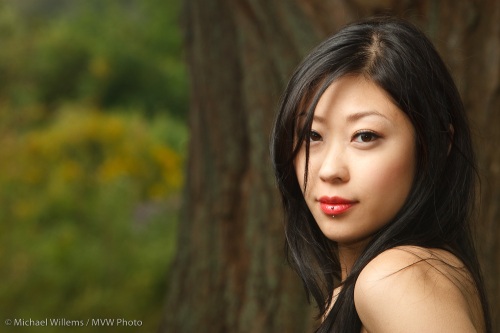Since I just got back from shooting a junior Lacrosse game, here’s another few quick tips.
And they do not apply just to Lacrosse!
- As said yesterday: look for action and emotion.
- If you are shooting through Plexiglas, shoot straight through it and get close to it. You may need to bend down to minimize reflections from behind you.
- Bring a soft cloth to clean that Plexiglas.
- Avoid shooting from the penalty box in pro games of hockey and lacrosse. In junior games you may be able to get away with it without getting hit by projectiles. Safety first, though…
- Bring bottled water and a snack.
- Indoors, shoot manual. Tonight I shot at 1600 ISO, f/2.8, 1/320th second. Pretty typical values for an arena.
- And as also said yesterday: shoot a lot. It took me 400+ shots to get enough good ones: I aim to submit 6-10 images.
Here’s one I like:






